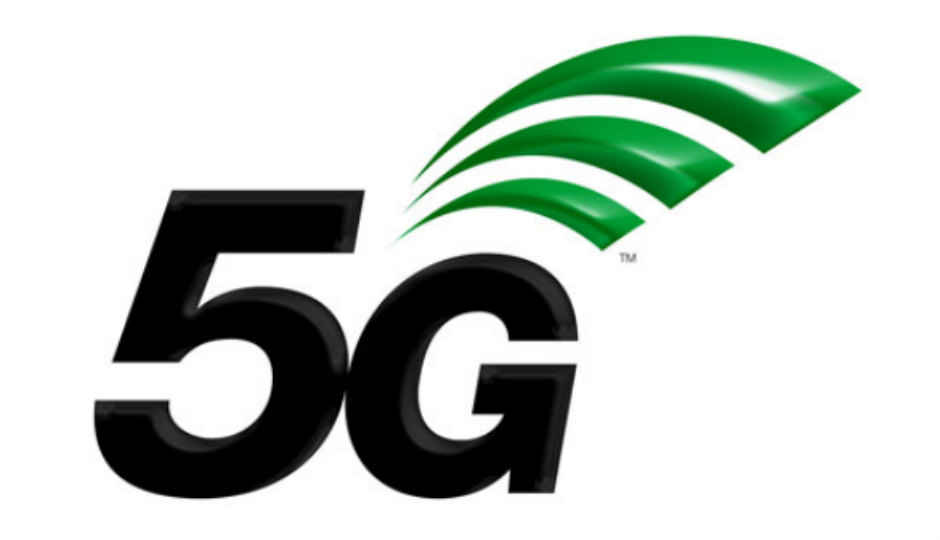Qualcomm releases white paper highlighting future impact of 5G in automotive sector

It states that in 2035, 5G will enable more than 2.4 trillion in total economic output across the automotive sector, its supply chain and its customers
Qualcomm has released a paper in which it highlights the impact that 5G will have in the automotive sector in the future. The paper is called ‘5G Mobile: Disrupting the automotive industry’ and states that in 2035, 5G will enable more than 2.4 trillion in total economic output across the automotive sector, its supply chain and its customers, or nearly 20% of the total global 5G economic impact.
Read the complete release below
5G is set to disrupt the automotive industry. This research paper from Dr. David Teece of UC Berkeley, with economic projections from IHS Markit, finds that 5G technology will be at the core of accelerating or fully recognizing the benefits of autonomous vehicles, disrupt business as usual for automakers, and significantly impact “using sectors” such as logistics and transportation. In 2035, 5G will enable more than $2.4 trillion in total economic output across the automotive sector, its supply chain and its customers, or nearly 20% of the total global 5G economic impact
Earlier this year, Qualcomm Technologies, Inc. commissioned and released The 5G Economy, a landmark study examining the potential economic and social impact of 5G around the world. The study was conducted jointly by research firms IHS Markit, PSB and Dr. David Teece, Professor at U.C. Berkeley, and principal executive, Berkeley Research Group.
To better understand the economic impact of 5G on the automotive industry, Qualcomm commissioned and today releases “5G Mobile: Disrupting the Automotive Industry,” a paper authored by Dr. David Teece with help from the Berkeley Research Group, and economic projections contributed by IHS Markit.
Key Findings – 5G will be instrumental to Automotive
In 2035, 5G will enable more than $2.4 trillion in total economic output across the automotive sector, its supply chain and its customers. This includes:
- $467 billion of sales enablement within the automotive vertical itself
- $506 billion of sales enablement to tier 1 suppliers and the extended auto supply chain
- $1.44 trillion of sales enablement to users and customers of the automotive sector
Cumulatively, 5G economic impact in the automotive sector represents nearly 20% of the total global 5G economic impact, projected by IHS to be $12.3 trillion in 2035.
5G, being integral to the future of connected and autonomous vehicles, will help increase productivity and sales value, improve user experiences and environmental quality, and reduce traffic collisions and fatality rates. It will also likely transform conventional modes of car usage, ownership and transportation itself.
The 5G-enabled evolution of the “connected car” will provide opportunities and challenges for the traditional automotive sector players, for content developers, and software and technology firms.
Mobile, with the addition of 5G, will be a General Purpose Technology (GPT) for Automotive.
- Mobile in the 5G era will transition into a true “General Purpose Technology” – that is, a technology that finds economy-wide use, drives complementary innovations in other sectors and becomes a driver of economy-wide innovation and productivity.
- The automotive sector provides a good showcase of the role and effects of 5G, particularly the manner in which it can serve as a platform around the which other innovations can occur. Other examples of GPT’s include electricity, the Internet and the automobile itself.
5G will be at the core of accelerating or fully recognizing benefits from autonomous vehicles.
- 5G’s efficient high bit rate will communicate high volumes of 3D mapping and sensor data while providing information and entertainment and increased productivity to passengers
- 5G’s ultra-reliable and low latency communications for vehicle-to-everything (V2X) communications will benefits such as increased highway capacity, coordinated intersections, automatic parking and reduced collisions.
5G will be a disruptor of business as usual for auto OEMS.
- While autonomy and the advent of 5G will expand the market for in-car entertainment and productivity tools, content and software technology firms will likely be the beneficiaries of this growth over auto OEMs.
- 5G technology will lower the barriers to participation in, and improve the commercial case for, significant innovation in the development of vehicle-to-vehicle (V2V) and vehicle-to-infrastructure (V2I) communication capabilities. Existing manufacturers may be well-placed to claim a share of the higher value-added inherent in autonomous vehicle communication.
- 5G will accelerate the emergence and attractiveness of on-demand transportation services and Mobility-as-a-Service (MaaS, a shift away from personally owned modes of transportation towards mobility solutions that are consumed as a service), and the shift from conventional modes of ownership of passenger vehicles.
5G will impact the “using sectors” and customers of the automotive sector
- 5G-enabled autonomous vehicles will have significant benefits in industrial and commercial applications. More efficient routing and longer hours of operation should prove beneficial to sectors such as wholesale and retail trade, transportation, logistics and warehousing.
- Ultra-low latency and ultra-reliable 5G communications will permit unsupervised operation of equipment for longer times and at lower costs, benefiting agriculture, construction, and mining and quarrying, perhaps having even a transformative impact on these sectors.
Proposed policy measures that could facilitate this future include:
- Requiring or incentivizing the co-installation of fiber and power as part of road repair works
- Requiring V2X equipment in cars for certain purposes
- Lanes and parking spaces for autonomous vehicles
- Improved location accuracy requirements for calls and data transmission from wireless devices
- Faster speed limits for autonomous cars
- Timely release of sufficient amount of dedicated spectrum for ITS (Intelligent Transportation Services) in the 5.9 GHz band and other bands




